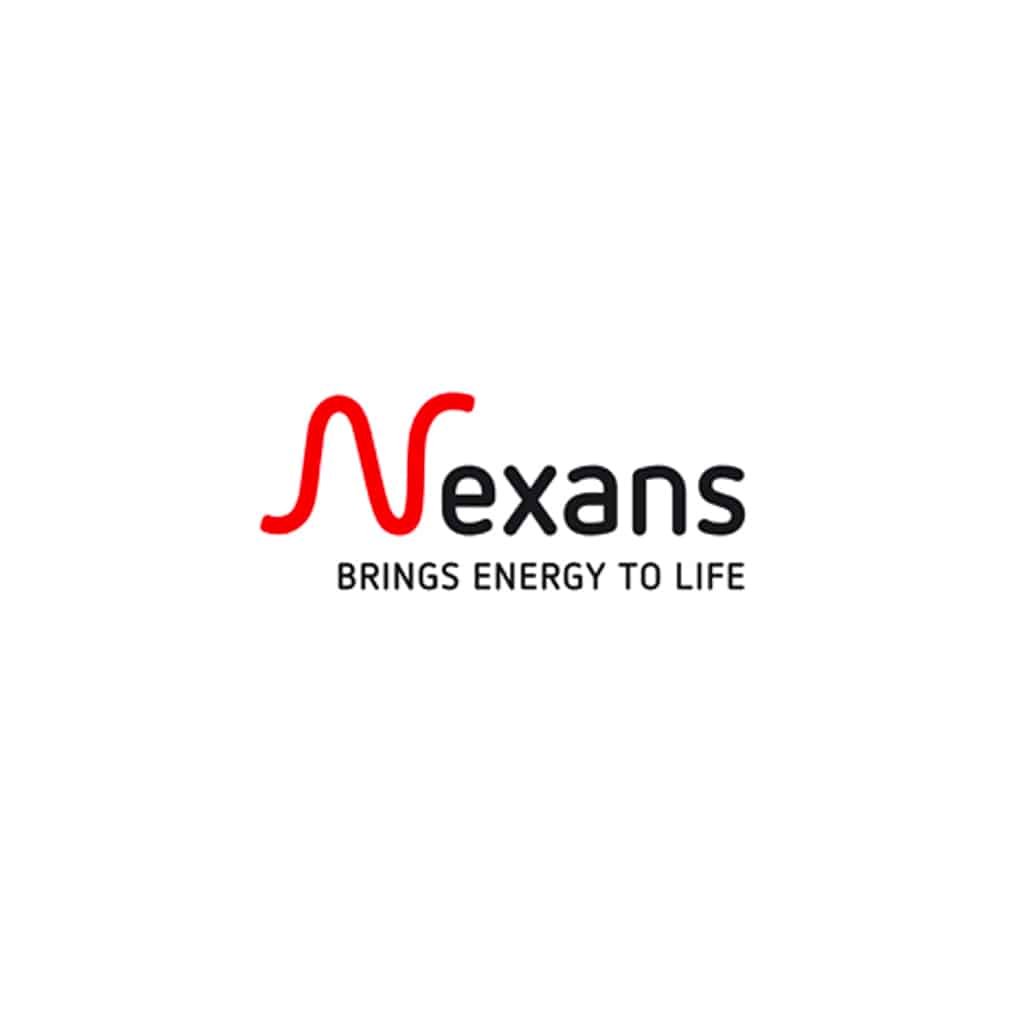Joining the FRET21 program to reduce CO2 emissions from transport

In 2020, Nexans joined ADEME's FRET21 program in order to reduce CO2 emissions related to inter-plant freight from France and Belgium. The company is optimizing its loads and relying on modal shift (road to rail) to achieve its objectives.
Main project's drivers for reducing the greenhouse gas (GHG) emissions
Energy and resource efficiency
Energy Decarbonisation
Energy efficiency improvements
Improving efficiency in non-energy resources
Emission removal
Financing low-carbon issuers or disinvestment from carbon assets
Reduction of other greenhouse gases emission
Project objectives
Reduce the fossil fuel consumption of the Nexans Group's inter-plant road freight, as well as the associated CO2 emissions, by at least 5% over the next 3 years.
By joining ADEME’s FRET 21 program, Nexans aims to reduce its CO2 emissions by a minimum of 5% over the next three years for its transport operations from France and Belgium to neighboring countries. This partnership is part of the group’s commitment to sustainable development and carbon neutrality.
The scope of the project includes all flows from Nexans’ plants in France and Belgium to Nexans’ plants in Europe (inter-plant flows) as well as to end customers in France and Europe (distribution flows). This perimeter corresponds to that of the Transport Management France department, TMF, in charge of its operational coverage.
The aim is to obtain objective and comparable data on the impact of the GHG reduction actions implemented. In a second phase, the aim is to extend the program more widely within the Group. On the advice of the FRET21 and EVE program teams, the Transport Purchasing Department is listing various actions on which to focus. During this first year of commitment, these are focused on three areas:
- loading rates,
- responsible purchasing,
- the means of transport.
Improving loading rates
A higher load rate reduces the number of trips and fuel consumption. . With optimization gaps ranging from 1 to 2 tons, the company works with its origin sites and with its customers to optimize loads to reduce the number of trucks on the road each year.
Multimodal transport
Shifting part of the road traffic to rail also reduces the number of trucks on the road, even though rail traffic is largely electrified on the segments used and the electricity production mix is decarbonized. The use of rail segments with an average length of 600 km is equivalent to a saving of over 500 tons of CO2.
Favouring approved and labelled CO2 suppliers
If actions are taken internally to move in this direction, the company’s external partners should not be neglected. More and more transporters are committing to such initiatives. Nexans aims to work with these committed suppliers themselves and is working to convince its current non-approved or labeled partners to become so.
Emission scope(s)
on which the project has a significant impact
- Emission scopes
- Description and quantification of associated GHG emissions
- Clarification on the calculation
Scope 1
Direct emissions generated by the company's activity.
Scope 2
Indirect emissions associated with the company's electricity and heat consumption.
Scope 3
Emissions induced (upstream or downstream) by the company's activities, products and/or services in its value chain.
Emission Removal
Carbon sinks creation, (BECCS, CCU/S, …)
Avoided Emissions
Emissions avoided by the activities, products and/or services in charge of the project, or by the financing of emission reduction projects.
Scope 3 –Multimodal transport (road and rail) for the delivery of products to the customer or for inter- Nexans plant transport.Optimization of loads
- Quantification: 712 tCO2 in 2020 (or 4.66% of freight emissions)
In 2020, this work enabled us to reduce our greenhouse gas emissions by 4.66%*, i.e., 712tCO2, for transport from France and Belgium to neighboring countries.
*Although the year 2020 was lower in terms of tonnage transported, the calculation of the reduction in CO2 emissions is based on the annual volume transported by comparing the activity without action and with the actions taken.
Key points
Invested amount
No financial investment specific to these reduction actions.
Starting date of the project
2020
Project localisation
France, Belgium
Project maturity level
Prototype laboratory test (TRL 7)
Real life testing (TRL 7-8)
Pre-commercial prototype (TRL 9)
Small-scale implementation
Medium to large scale implementation
Economic profitability of the project (ROI)
Short term (0-3 years)
Middle term (4-10 years)
Long term (> 10 years)
Non applicable
Illustrations of the project
This initiative helps to limit CO2 emissions (SDG 13 Climate change). It also helps to limit air fine particles by improving its quality, and in this sense, it contributes to SDG 11 Sustainable Cities and Communities.
The deployment of this initiative is currently being considered in other countries where Nexans is present.
FRET21 is a voluntary approach carried by AUTF (Association des Utilisateurs de Transport de Fret), ADEME and the Ministry of Ecological and Solidarity Transition. Its objective is to encourage companies acting as principals of transporters to better integrate the impact of transport in their sustainable development strategy.
Contact the company :
Marie LETAILLEUX marie.letailleux@nexans.com Julien CINTRAT julien.cintrat@nexans.com

